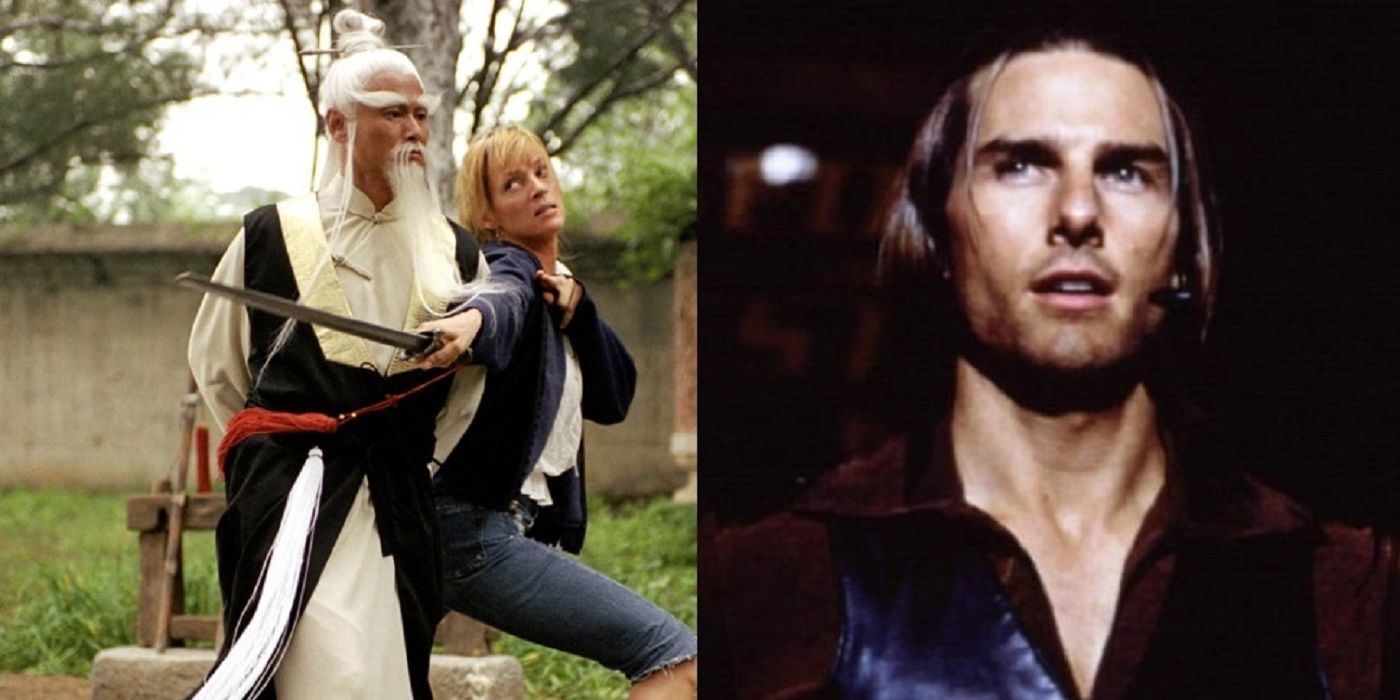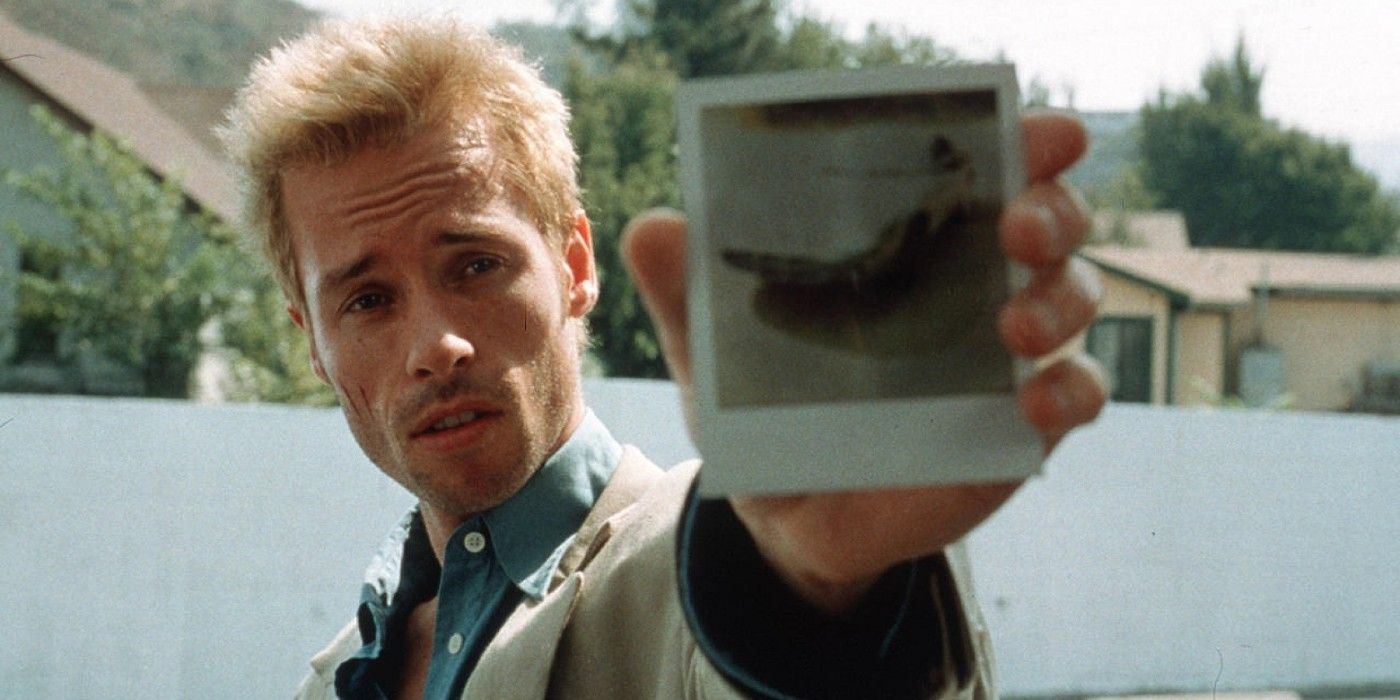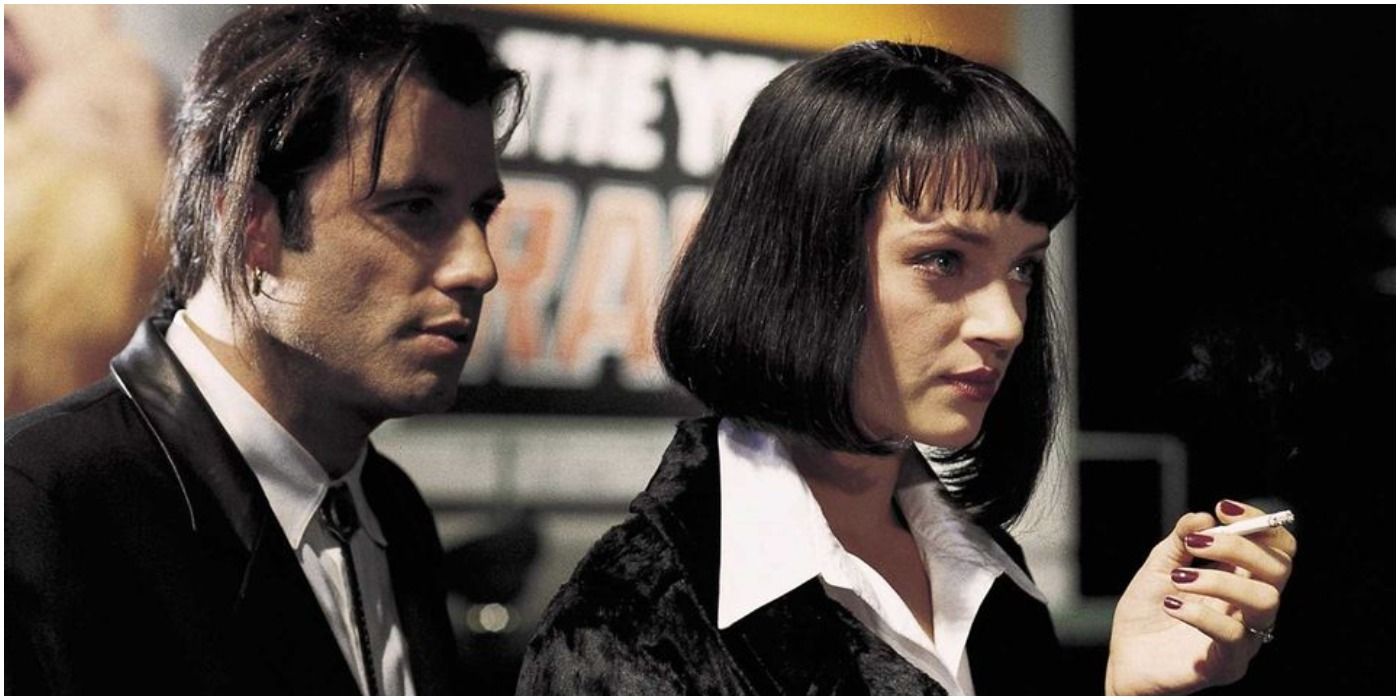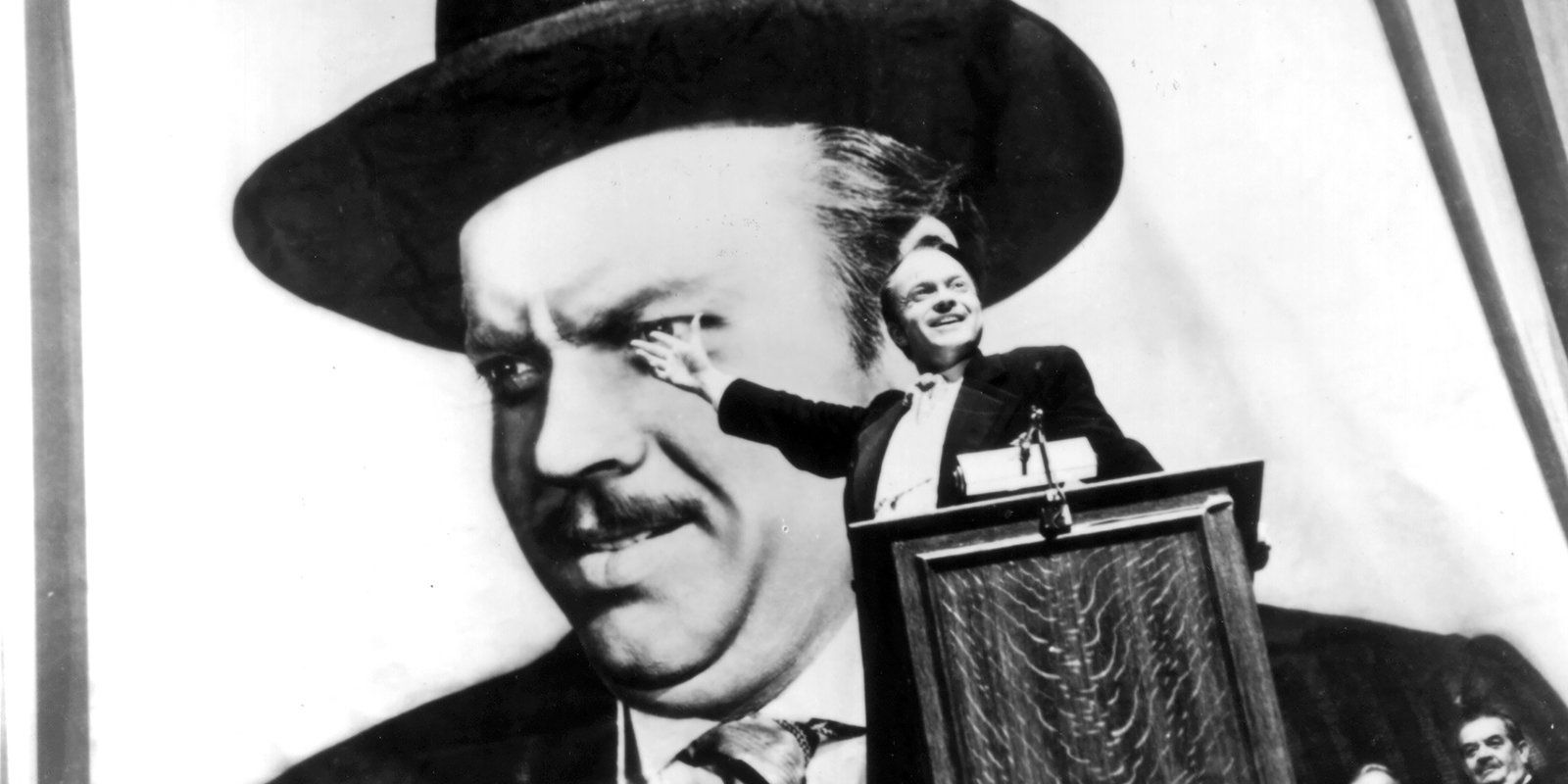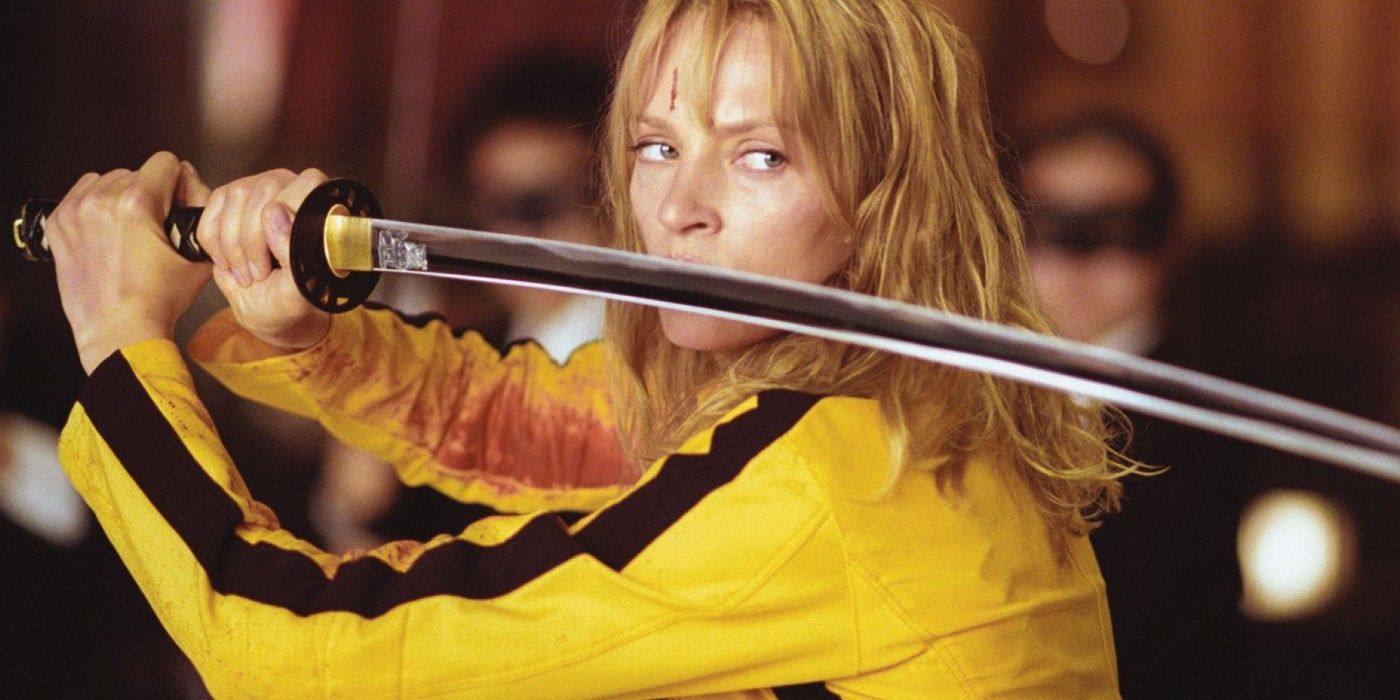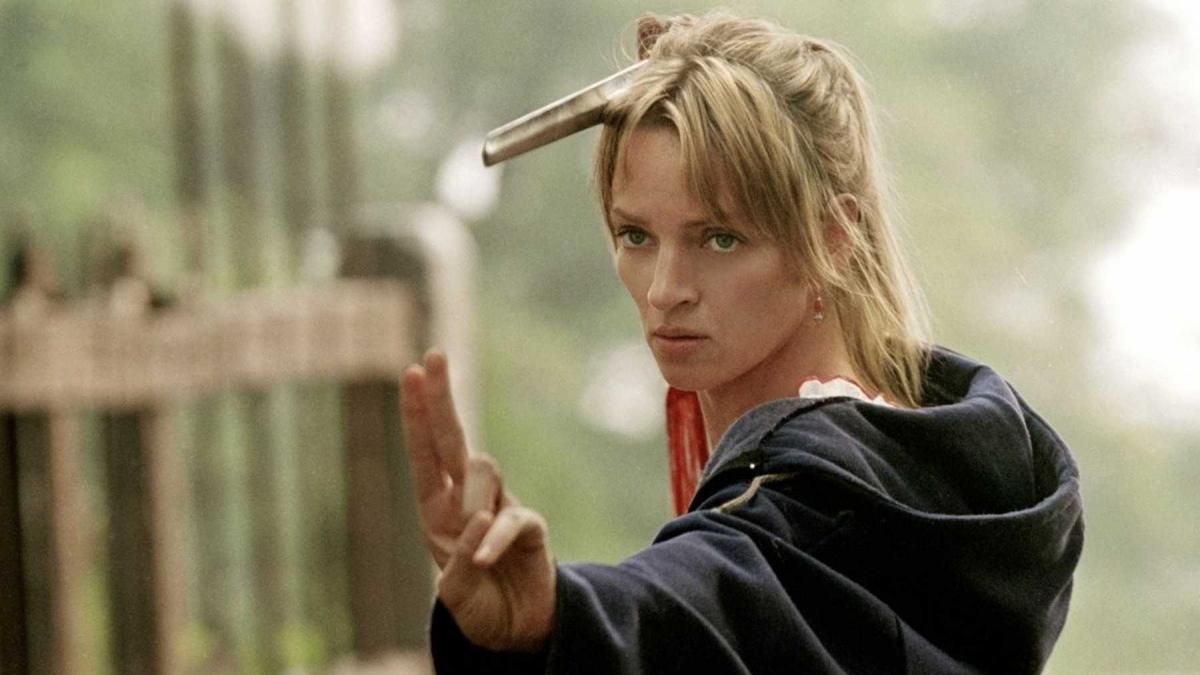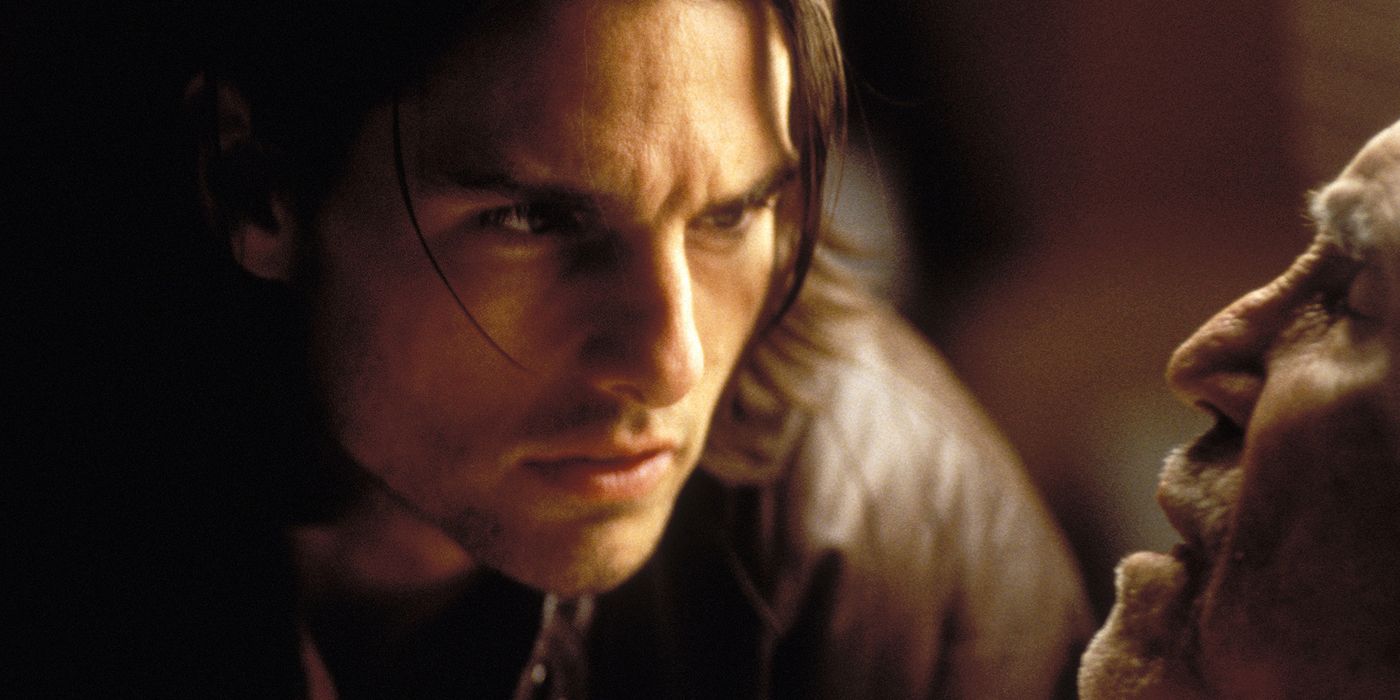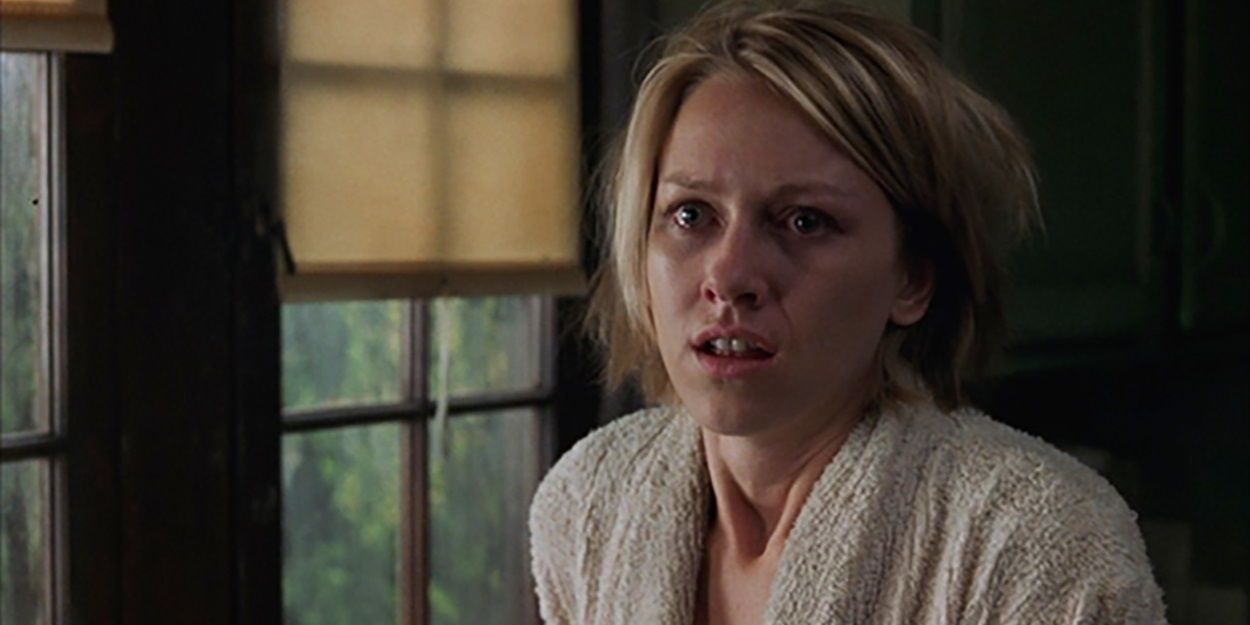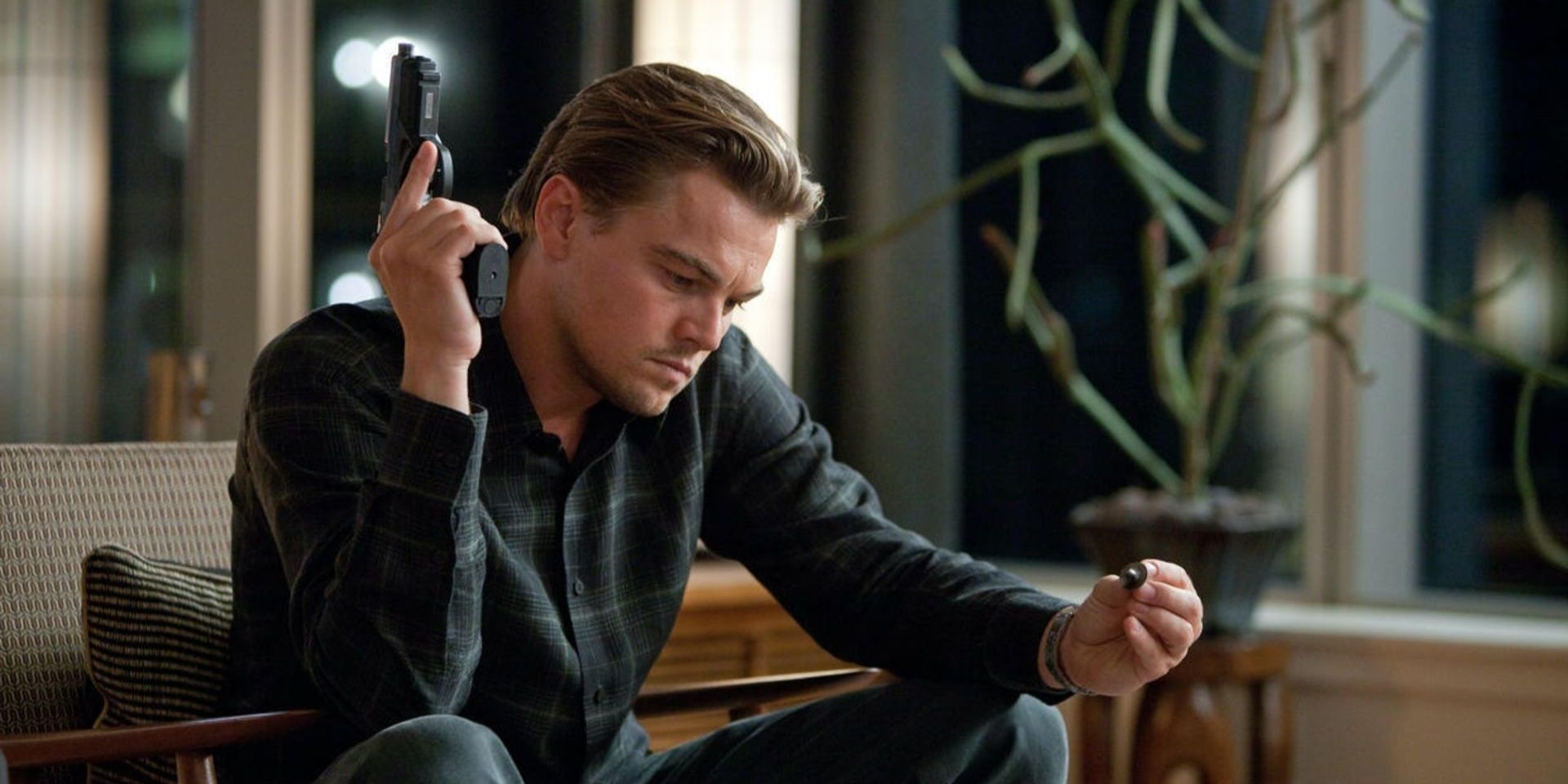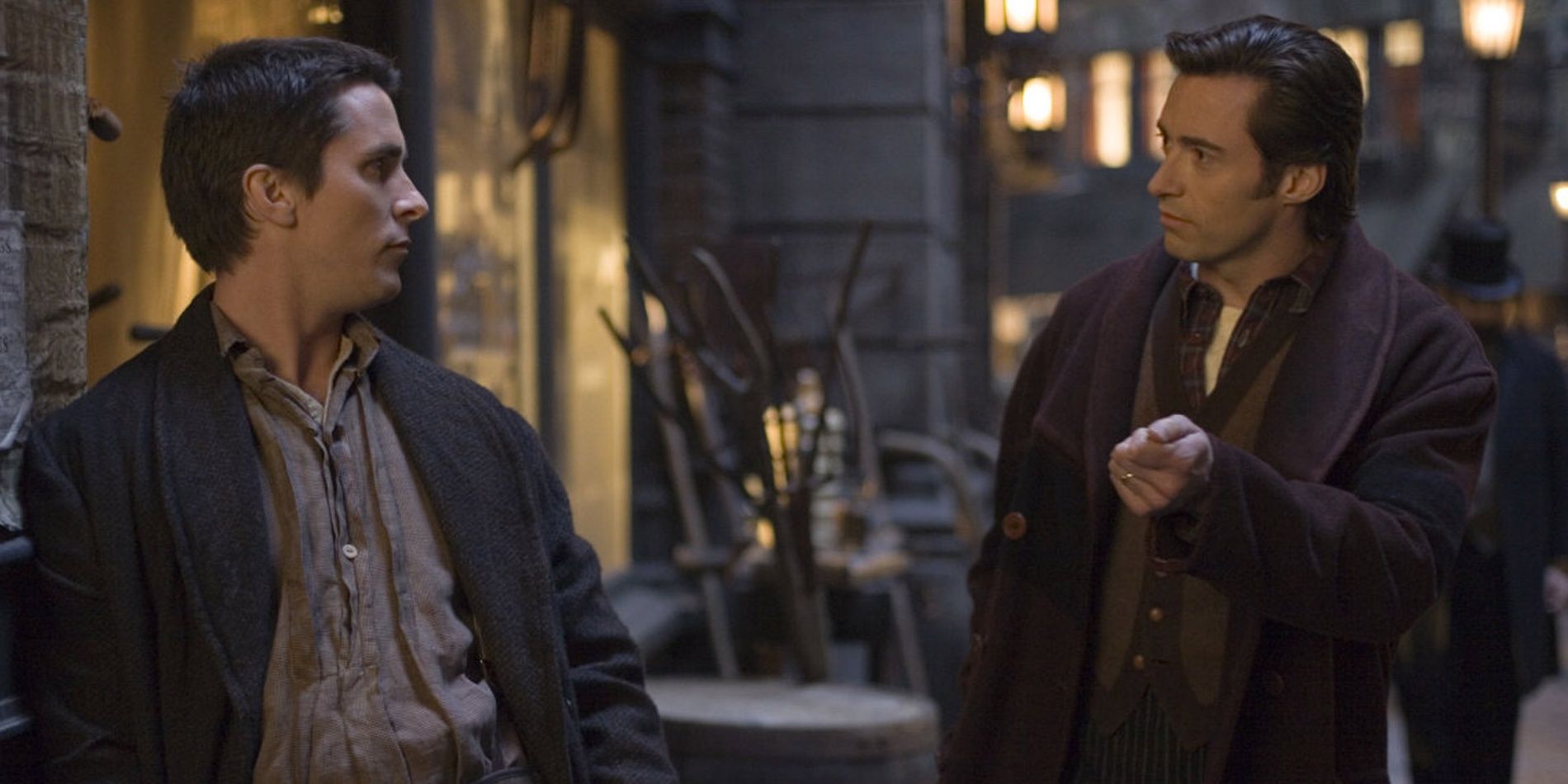No one opts for non-linear films or movies with disconnected stories when they're looking for a comfortable watch. But, then again, films like Love, Actually or Annie Hall have a timeless quality and the scrambled, seemingly unconnected structure actually helps the storytelling be more engaging.
Then there are films like Inception, Mr. Nobody, or I’m Not There, which rely on experimental storytelling via disjointed narrative methods, fine-tuning the cerebral quality of the outings, and demanding urgent attention from the viewers.
Memento
Based on a 2001 short story by Jonathan Nolan, titled Memento Mori, Memento uses motifs of memories and loss to anchor a nonlinear narrative. It stars Guy Pearce stars as Leonard Shelby, a man with has anterograde amnesia and also loses his memory every 15 minutes. This means he can’t form new memories and he barely has any existing ones. Leonard uses Polaroid photos and tattoos to track information about the men who killed his wife.
The film uses two sets of chronology, one in black and white and the other in color and in reverse order - this is meant to give the viewers a look into Leonard’s mind. The color sequences overlap briefly to help the audience understand that they are being showcased in reverse order. The two distinct sequences meet at the end of the film.
Eternal Sunshine Of The Spotless Mind
One of the most timeless rom-coms ever made, this film, starring Jim Carrey and Kate Winslet, is an intricate look at love and loss. It uses elements of a psychological drama to help accentuate its non-linear story. After a painful split, Clementine (Winslet) opts for a procedure that will erase all memories of her ex, Joel (Carrey). When Joel finds out about this, he too wants to undergo the same procedure to get Clementine out of his mind.
The narrative mostly takes place in Joel's mind during the memory-erasing procedure as he mentally revisits his time with Clementine in reverse order and moves towards the happier days at the beginning of their relationship. This makes him realize that he doesn't want to erase Clementine's memory. A separate storyline revolves around the memory erasure firm’s employees - it turns out a Lacuna technician unethically uses Joel's memories to seduce Clementine in the present.
Pulp Fiction
The film’s fandom often overlooks how effective this Quentin Tarantino masterpiece was in terms of story-telling. Pulp Fiction was superbly self-aware and one of the first films in Hollywood that made critics quite uncomfortable with how self-referential it was. No one could attack Tarantino’s technique because the aesthetic and visual purpose of the film was fairly obvious within the first 15 minutes and the chronology only got more interesting and rich.
Since the film follows three main people and attempts to give an honest look at the L.A. underworld, it was possible for the makers to take a lot of narrative liberties, especially because it was conceived episodically and represented like circular events.
Citizen Kane
The events in Citizen Kane do not occur in chronological order but in a series of overlapping flashbacks. For the most part, it works, because there are several narrators involved, but critics have often mentioned the need for one cohesive, narratorial perspective that usually anchors quasi-biographical films such as these.
Nevertheless, the film was an audacious attempt, especially because it has a build-up of a clue-led mystery drama, as the journalist pieces together chunks of Kane’s life as he discovers each new aspect. This definitely made the script more engaging, which helped because the film was two hours long.
Kill Bill: Vol 1
As non-linear plots go, Kill Bill was fairly easy to keep up with, but a lot of credit goes to the first five minutes of the film, which made it clear which way the story is going. There were quite a few surprises along the way, for instance, it appeared as if The Bride goes to Vernita’s home right after she wakes up from her coma, whereas O-Ren Ishii’s name had already been stuck off her list.
This would mean she killed Vernita after the explosive showdown at the House of Blue Leaves. The rest of the film is told with the help of a variety of flashbacks, which helps keep things interesting without jumbling anything up too much for novice viewers of the genre.
Kill Bill: Vol 2
Kill Bill: Vol 2 wasn’t as big of a shock as its predecessor - viewers were already expecting a mildly muddled chronology. However, the Pai Mei storyline was a great move by Tarantino, as it gave The Bride’s story a lot of edge and credibility. At this point in Tarantino’s career, his viewers didn’t mind the gimmicky writing, since it was so singularly refreshing.
In Kill Bill 2, The Bride pursues the remaining names on her list, and obviously kills all of them, including Bill, but the introduction of their child was a major twist that viewers didn’t see coming.
Magnolia
The discontinuous story wasn’t the focus of the film, but it was definitely what made the film more ambitious. The Paul Thomas Anderson movie received widespread applause for the risks that it took. Interestingly, it makes the opposite point of Woody Allen’s Match Point, which argued that everything in life and beyond depends upon chance and coincidence.
Magnolia pieces together storylines about individuals who are remotely connected to claim that there is a power bigger and something more potent than chance that shapes everyone’s lives. Critics and fans unanimously agreed that Tom Cruise’s performance as the misogynist, self-help guru was the best casting decision, perhaps of that decade.
Mulholland Drive
David Lynch’s surreal and stylist mystery drama actually raised the bar for non-linear storytelling. Set against a backdrop of a grim L.A., Mulholland Drive follows an unconscious recalling of developments around a car crash.
The film was also quite convoluted and many viewers claimed they had to watch it twice or thrice to comprehend the entire premise. In fact, the original DVD release of the film came with a clue card titled "David Lynch's 10 Clues to Unlocking This Thriller," which helps viewers decode the mystery in this drama.
Inception
Inception was the film that divided Christopher Nolan’s fanbase, as many of his loyalists still believe the film was simply too complex and took on too much. The film was an unparalleled visual spectacle and also an intellectual trump card, considering what Nolan wanted to achieve with its premise. Nolan’s genius exploration of the cause-and-effect theory was also well-received.
The majority of the film unravels like one flashback and takes the help of episodic events, choreographed dream sequences and specific anachronisms which basically fine-tune the screenwriting. Inception can never be a comfortable watch and even for a person watching it for the fifth or sixth time, it demands urgent attention to every aspect of each character’s backstory.
The Prestige
One can argue that The Prestige’s intricate and complex storytelling is actually a symbolic metaphor, as it was designed like a magic trick. But the shuffled up story is not exactly the focal point of the film, and the audience doesn't exactly need to be on constant vigil regarding what timeline they’re in, unlike Nolan’s Inception, which makes the viewer pay for even a minute of inattention.
The film is an exploration of the themes of rivalry, showmanship and intellectual fulfillment and is told through flashbacks. This means it actually begins at the end of the narrative and then goes back to the beginning, but due to impeccable editing, the screenwriting falls right into place.

